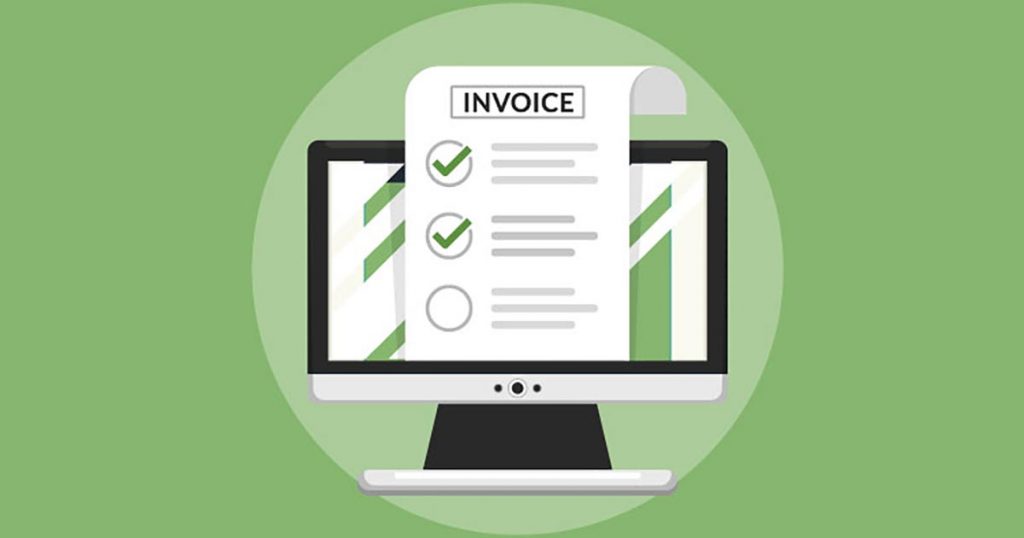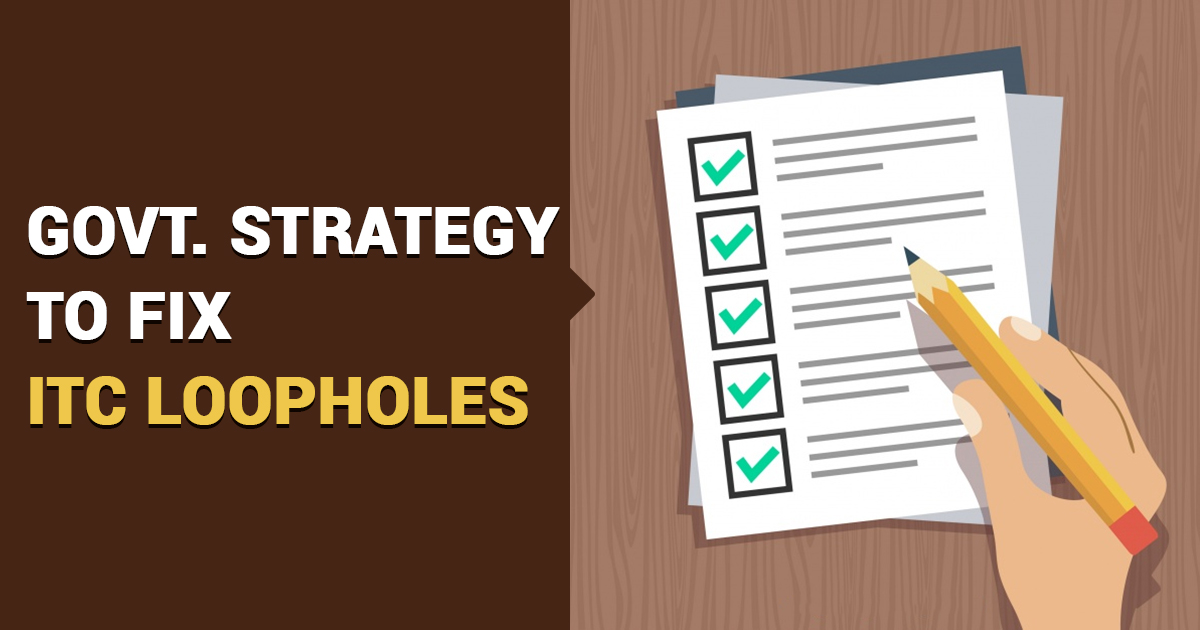
The Good and Services Tax (GST) Council is going to remove a plan that was announced last year to enter into a new format of tax returns and to continue with the existing system with some reforms and amendments to overcome the flaws.
A source revealed that a meeting of GOM has been organized last week lead by Sushil Modi, Deputy Chief Minister Bihar and they agreed on linking GSTR-1 and GSTR-3B and introducing GSTR-2B 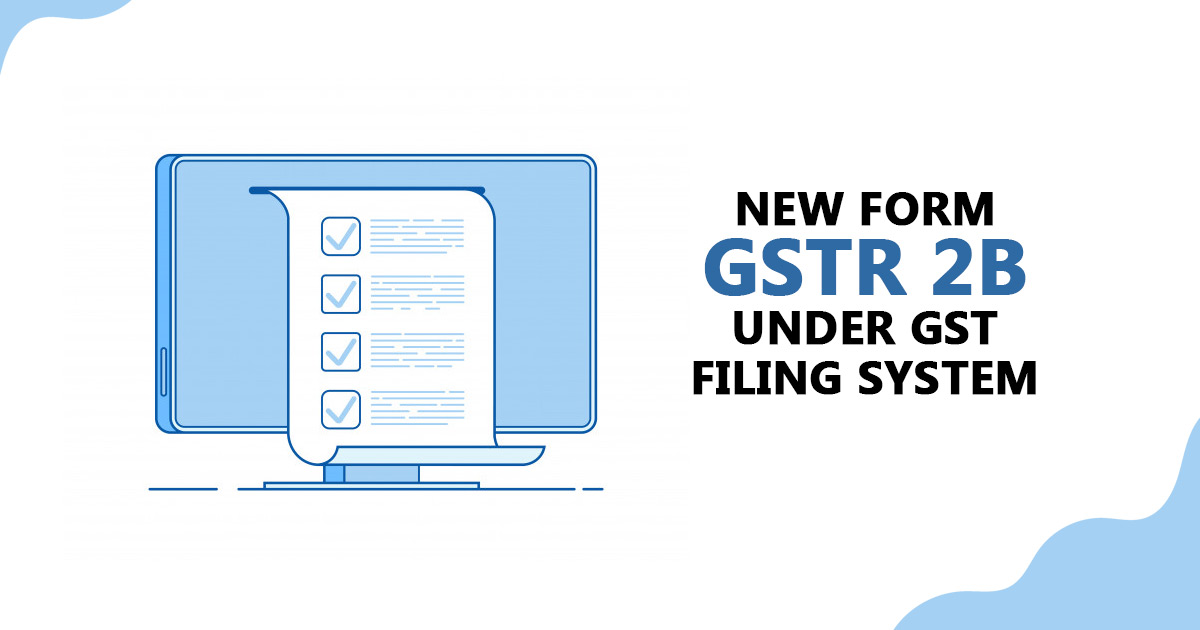
The group of ministers also agreed on allowing the quarterly filling of GSTR-3B for taxpayers having turnover below ₹ 5 crores, it can come to action from November this year. The linking of two returns will reduce the liability and ITC mismatch, both of them are a major problem which has been reported numerous time in the past. The functionality is expected to be online by the end of this month.
The GSTN will deploy GSTR-2B in this month which will fetch data from the GSTR-1, some of the data in GSTR-1 also get filled by the counter-party suppliers of a particular taxpayer. It will provide the exact details of ITC to claim in GSTR-3B return 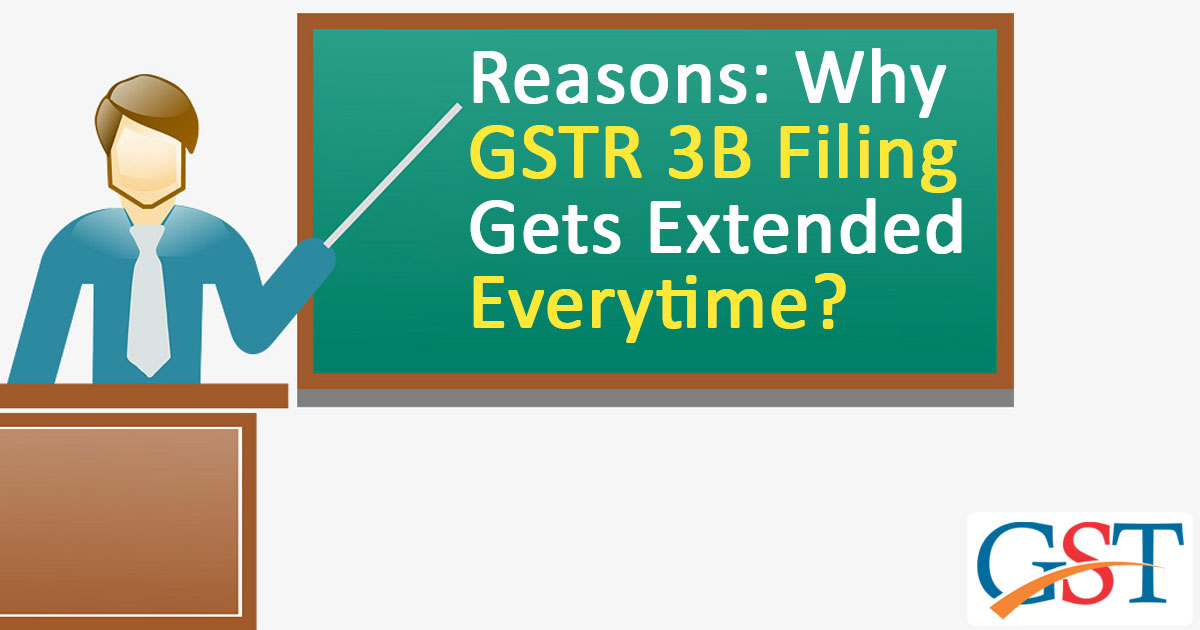
An authority expected that GSTR-2B will help the department to efficiently implement its policy of restricting credit availability to taxpayers whose suppliers don’t uploaded the invoices for the purchases otherwise claimed for availing ITC. The source further added that “GST taxpayers have been using the current system of GSTR-3B and GSTR-1 returns for three years now and so it was considered appropriate to continue with the same broad system, instead of overhauling it with ‘Sahaj’ and ‘Sugam’ returns proposed earlier,”.
These returns had been represented in front of the GST council meeting 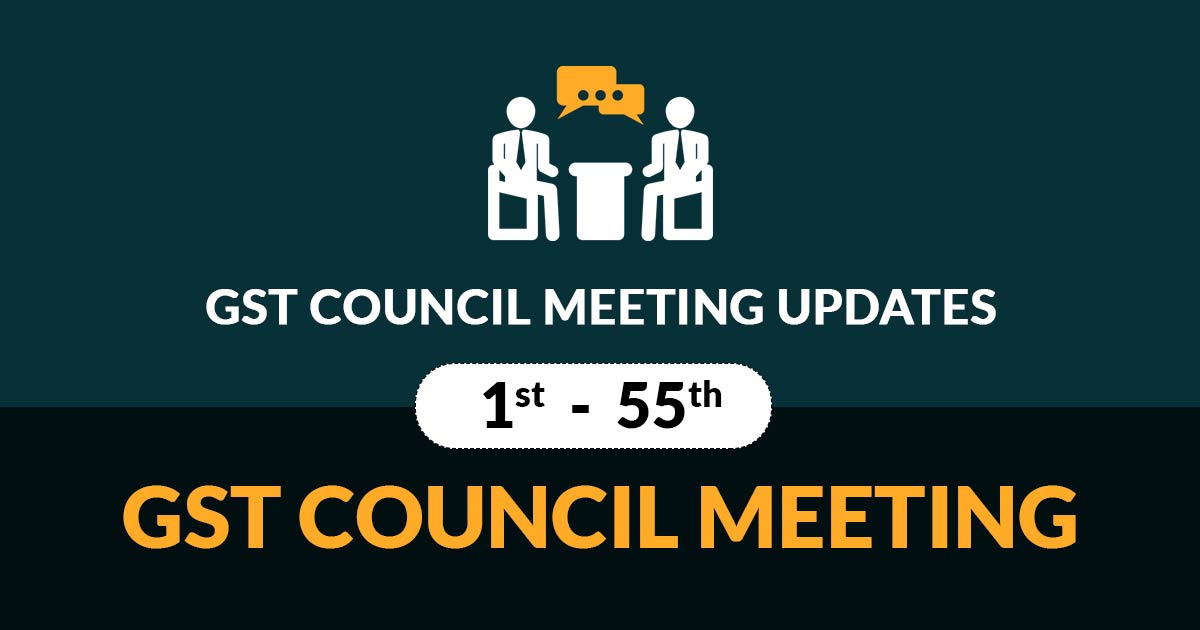
However, GoM’s constituents argued that the improvements which have been already been made to the existing system as well as some of the deploying changes which are under the process are a less disruptive way to strengthen the return system. As per record, Nil return filling through SMS and improvement in GSTR-2A have been deployed and received appreciation. With some other proposed improvement along with e-invoicing for taxpayers above Rs 500-crore turnover threshold from October 1, it has been expected that the return-filling system will be more efficient and robust. GST E-invoicing 